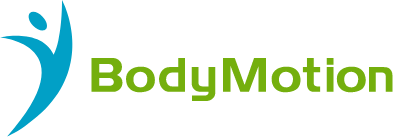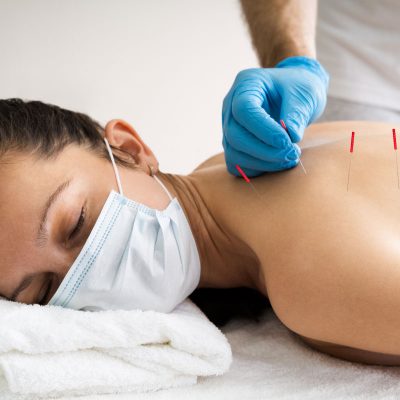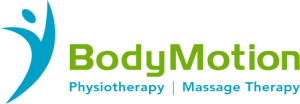It can be challenging to see the difference between acupuncture and dry needling from the outside in, especially without the specialist knowledge that practitioners have. Both therapies use thin needles inserted into targeted areas of the skin to help relieve discomfort; however, even though there are similarities, there are also significant differences.
As we explore the diversity and uniqueness between the two methods, their similarities, and if one is better than the other, you will better understand why they’re often considered under the same category but come from vastly different origins.
Dry Needling – Techniques, Benefits & What to Expect
As a modern technique, this is a rapidly growing procedure used by physiotherapists to target trigger points to suppress pain. The brain thinks the skin is under threat, so it stops the passage of discomfort to other areas of the body.
This technique helps relieve headaches, neck tension, shoulder issues, knee problems, tennis elbow, and other musculoskeletal concerns. Additionally, it’s typically part of a broader strategy, including remedial massage or myotherapy to treat the trigger points that assist in:
- Relieving muscle stiffness and strain
- Targeting knots
- Improving range of motion
- Improves flexibility
When performing this method, the practitioner uses fine needles called filiform inserted into ‘trigger points’ that target the muscle to relax and improve blood flow. These ‘trigger points’ are essentially tender knots, usually caused by the muscle fibres not lengthening after strain or physical activity.
There is little to no discomfort, and usually all that is felt is a sharp sensation for a few seconds. With few risks or side effects of this treatment, it is safe and minimally discomforting – with the only potential issue being some redness or minor bruising.
It must be performed by certified physical therapists to ensure you’re getting the best and right type of care. The type of training undertaken for this method differs from acupuncture as it is based on Western medicine, not Eastern medicine.
Acupuncture Practices & Health Benefits
Most people have heard of this ancient method as it has been around for thousands of years. It’s also known for helping to combat a multitude of symptoms.
Originating in Asia, this is one of the traditional practices used in Chinese medicine. It also uses filiform needles inserted into the skin; however, these professionals focus on unblocking “qi” which causes issues with health.
Besides balancing the qi, it’s believed that it also balances the body’s energy, promotes relaxation, and stimulates healing. It’s thought by traditional Chinese medicine professionals that there are over 1000 acupuncture points on the body and are said to address health conditions, including:
- Depression
- Chronic pain – headaches, neck and back pain
- Insomnia
- Arthritis
- Anxiety
- Weight loss
The practitioner uses between 6 and 20 filiform needles during a session, and they’re left in for at least 10 to 20 minutes. Sometimes the therapist will twist the needles. This method is often used alongside other techniques such as:
Cupping – To assist the stagnation of qi and blood.
Herbs – As pills, teas and capsules.
Moxibustion – The use of heated sticks to warm the needles and stimulate the area receiving treatment.
Which is Better? Acupuncture or Dry Needling?
Both are natural treatments – one traditional, the other more modern. Acupuncture combines herbal therapies, cupping and ancient philosophy, whereas dry needling relieves muscle pain by combining massage and more recent non-invasive treatments.
With both options, you can expect to discuss any health issues that bother you and require attending, which is how these health professionals gain the knowledge on how to best treat you.
Which is better than the other? Neither is necessarily better; however, the less invasive choice is dry needling as it doesn’t require the use of medication or surgical procedures. However, the final decision very much comes down to what works best for each individual.
Whatever you choose, your practitioner must be licensed; that way, you can be confident you’re receiving the best care without risk to your wellbeing.
If you need additional information or want to explore the experience of Dry Needling therapy, we recommend making a booking with one of our experienced therapists today.



